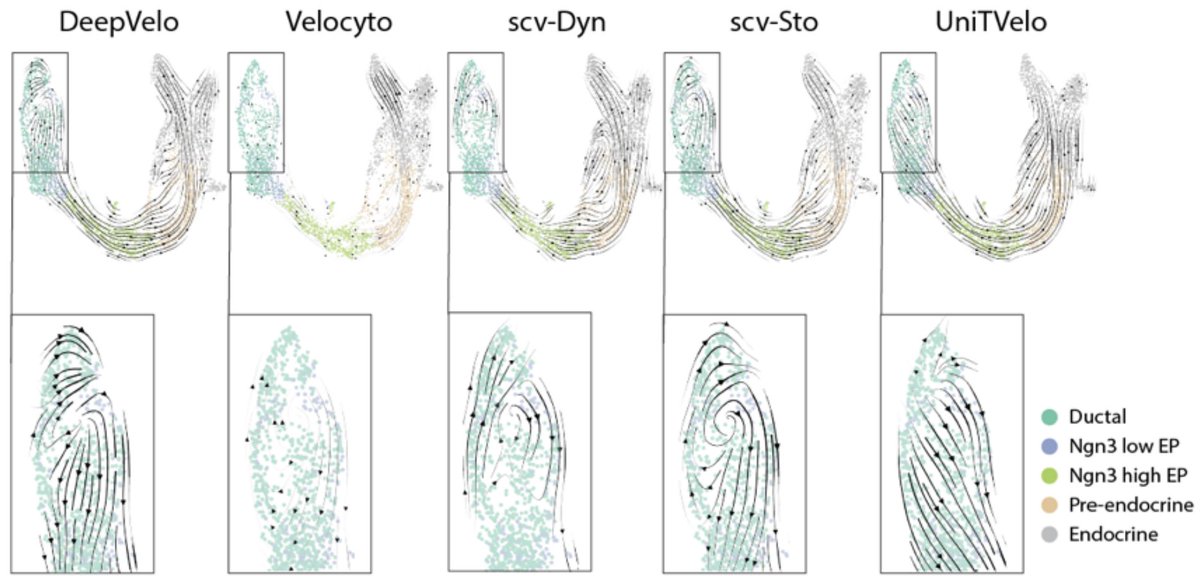In our #RNAseq & #scRNAseq work we use @ensembl's databases. Two months ago @sinabooeshaghi noticed some inconsistencies between @ensembl's cDNA fasta and GTF files and investigated with @lioscro. Now @LambdaMoses has written up an in-depth analysis: fromsystosys.netlify.com/2020/01/31/com…
@ensembl @sinabooeshaghi @lioscro @LambdaMoses To work around the inconsistencies, the `kb` wrapper for kallisto and bustools can easily generate genome consistent transcriptomes. pypi.org/project/kb-pyt…
@ensembl @sinabooeshaghi @lioscro @LambdaMoses We're not the only ones to stumble into this:
Would be great if @ensembl included the code used to make the various files distributed. Maybe they exist at github.com/Ensembl but couldn't find them. cc @PaulFlicek
https://twitter.com/KVittingSeerup/status/1029018660374044672
Would be great if @ensembl included the code used to make the various files distributed. Maybe they exist at github.com/Ensembl but couldn't find them. cc @PaulFlicek
• • •
Missing some Tweet in this thread? You can try to
force a refresh
















